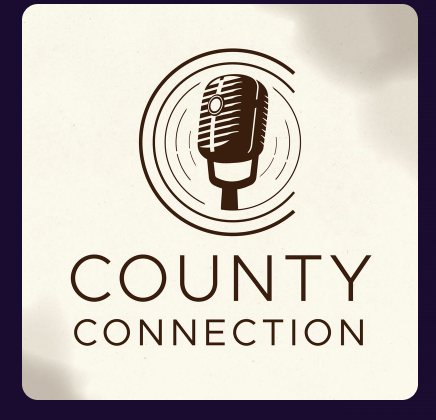When it comes to comparing the cost of banking services, the need to dig below the surface is necessary.
Most public entities will conduct banking Request For Proposals (RFP) to compare pricing on bank services and products. In these RFPs, the level proposed for an earnings credit rate (ECR) plays an important role in determining best pricing. But that may not always be the case.
Externally, banker(s) will view each client as a whole relationship. But internally to the bank, each service or type of deposit account is viewed separately. Here’s the most important thing to remember: the cost for individual banking services and the level of rates offered on bank deposits have their own separate profit centers. They must stand alone and be compared separately.

An ECR is used to determine the interest earnings a bank calculates internally for the level of deposits necessary to cover banking fees. This level can vary from .50% to over 1.25%. However, that’s only half of the real calculations in how the bank covers its cost.
It is important to note that bank fees for products have built-in profit margins to cover the cost of services and overhead. For large national banks, the pass-through costs for their organic overhead are greater than those of local community banks. Bear in mind that local community banks need to cover the costs for outside, third-party support and services; these might be higher due to a smaller number of clients vs. national banks.
As a former Market President of a major bank, here are some tips you should consider when determining the best bank pricing:
1.) Internally, banks price treasury services separately from deposit rates. So should you! Keep in mind that banks internally price their treasury services independently of treasury management of deposits. Since they are priced separately inside the bank, you should also view them separately when comparing pricing. Even though the industry makes you think they are intertwined, you’ll get the best pricing on your banking services and the highest yield on your cash if you consider them independently.
2.) Request a proposed ECR rate, and one that will readjust as the Federal Reserve increases the Fed fund rate. Ideally, the sharing arrangement between you and the bank should be a 50/50 split. As rates increase, so should the narrowing of the spread.
3.) Be sure to have the bank disclose any FDIC charges related to deposits being held by the bank. You may have a higher ECR but if FDIC charges creep in, the less competitive your ECR may be. There needs to be a balance on both sides of the relationship.
4.) A wholesome relationship and strong communications between you and your banker(s) are imperative. There is a direct link between better pricing and strong ties with your bank.
At three+one, we believe in strong relationships with your financial institutions. As interest rates change, so does the value of your deposits and how they relate to the overall value of your banking services and fees. As an independent liquidity analysis and data firm, we provide a pure, unbiased perspective around both sides of any banking relationship.
There is a real cost to doing business. To make a true comparison—and be fair to all involved, including those your entity serves—it is important to know what your real costs are.
We’re here to help you sort it all out.


